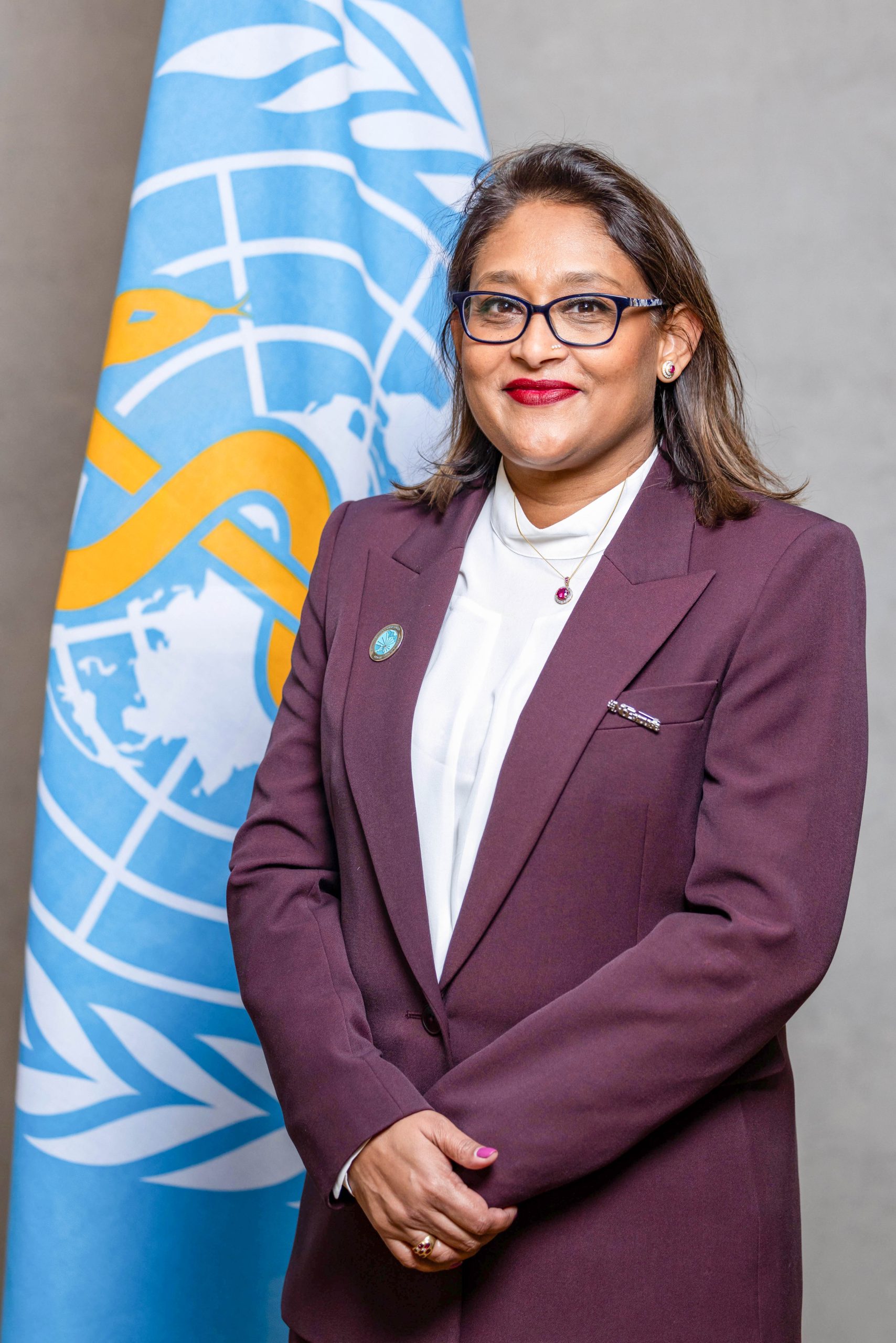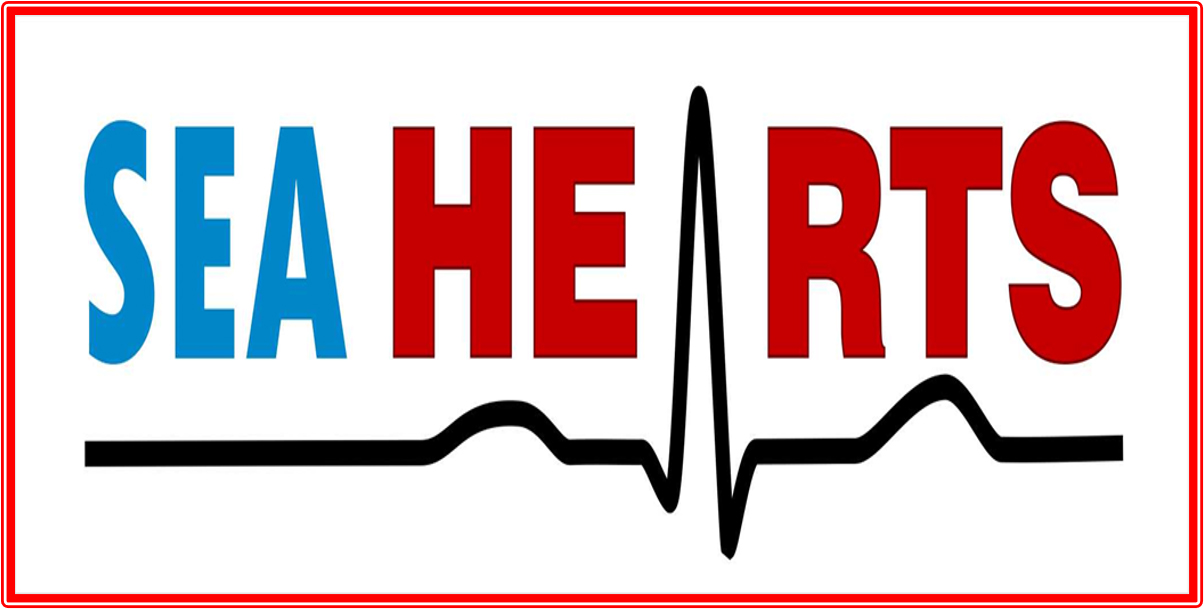A Silent Assassin
Hypertension, affecting over 294 million individuals, remains dangerously underdiagnosed and undertreated, with a staggering 88 per cent of cases lacking proper medical attention.
By Saima Wazed

The SEAHEARTS initiative represents a watershed moment in the region’s fight against hypertension, demonstrating that coordinated action can yield tangible results. With 46 million people now enrolled in standardised management programs, the foundation for progress has been laid.

The persistent shadow of hypertension looms large over South-East Asia, where over 294 million people grapple with this silent yet deadly condition. As World Hypertension Day commemorated its 20th anniversary on May 17, the sobering reality remains that nearly 90 per cent of affected individuals in the region fail to receive adequate diagnosis, treatment, or control. This year’s theme, “Measure Your Blood Pressure Accurately, Control It, Live Longer!”, underscores the critical importance of awareness, early detection, and sustained management in combating what has become one of the region’s most pressing public health challenges.
What makes hypertension particularly dangerous is its asymptomatic nature in early stages, allowing it to quietly damage vital organs while evading detection. The consequences manifest in alarming rates of cardiovascular diseases, which continue to be the leading cause of premature mortality across South-East Asia. Behind these statistics lie modifiable risk factors that have become entrenched in modern lifestyles – excessive salt consumption, tobacco and alcohol use, physical inactivity, and diets high in processed foods and trans fats. These behavioural patterns, combined with inadequate healthcare access in many communities, have created a perfect storm for hypertension to flourish unchecked.

In response to this growing crisis, the SEAHEARTS initiative has emerged as a beacon of hope, demonstrating what coordinated regional action can achieve. By December 2024, the program had successfully placed more than 46 million people on standardised hypertension management protocols within primary healthcare systems. This milestone represents significant progress, yet it merely scratches the surface of what needs to be accomplished. The initiative’s comprehensive approach, which combines population-level interventions with improved clinical management, offers a blueprint for tackling not just hypertension but the broader spectrum of cardiovascular diseases.

Moving forward, success will depend on strengthening three interconnected pillars of action. First, prevention efforts must intensify through policies that promote healthier lifestyles, including reduced salt intake, increased physical activity, and better nutrition. Second, primary healthcare systems require bolstering to ensure widespread availability of accurate blood pressure measurement devices, affordable medications, and trained personnel capable of providing standardised care. Third, and perhaps most crucially, hypertension management must become integrated with other health services, creating seamless connections between cardiovascular care, maternal health programs, mental health services, and infectious disease management.

The road ahead demands unwavering commitment from all stakeholders – governments must prioritise hypertension in their health agendas, healthcare providers need support to deliver quality care, and communities require education to recognise and address this silent threat. Technological innovations, particularly in digital health monitoring and telemedicine, offer promising tools to extend care to remote and underserved populations. Public awareness campaigns must continue to emphasise the importance of regular blood pressure checks and lifestyle modifications.
As the region works toward the Sustainable Development Goal of reducing premature mortality from noncommunicable diseases by one-third by 2030, hypertension control stands as both a challenge and an opportunity. The progress made through SEAHEARTS proves that change is possible when evidence-based strategies meet political will and community engagement. This World Hypertension Day serves as both a reminder of the work remaining and a call to action – by measuring accurately, controlling effectively, and living healthier, South-East Asia can turn the tide against this silent epidemic and secure a healthier future for millions.
(The author is Regional Director for WHO South-East Asia.)

